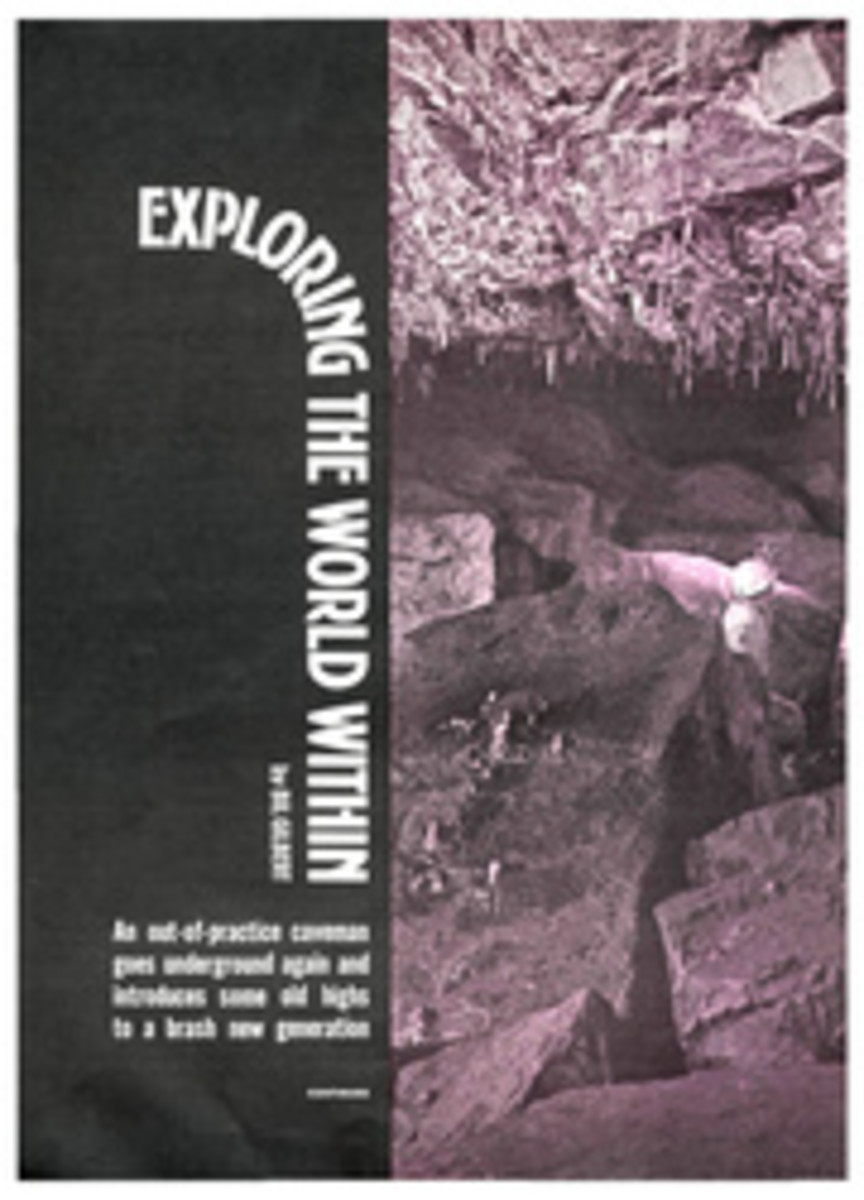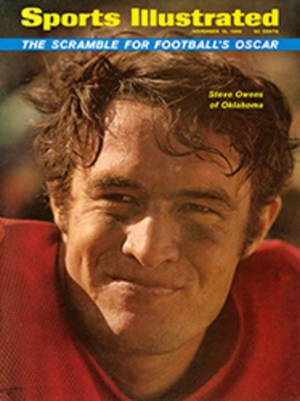
The bag is on ice when the hunt begins off Alaska's refrigerated Point Barrow
Sea ice appears off northernmost Alaska in late September or early October. It does not form along the shore but is driven in from far out at sea by wind and currents. By the end of October there is usually a fairly solid ice cover, and at November's end the natives of Point Barrow may be able to begin their hunts for seal, polar bear, whales and walrus.
In the town of Barrow, where the native population is 1,200, most of the men have other jobs and hunt only on their days off. But Wainwright, a settlement of 44 houses and 300 people 90 miles south of Barrow, is still dependent on hunting. Hunters of the Northern Ice by Richard K. Nelson (University of Chicago Press, $8.50) is a study of Wainwright's hunters—a semi-isolated group whose practices go back thousands of years and whose experience has practical value for the modern world in the light that it throws on the complex environment of the sea ice itself.
The author is a young anthropologist who spent two years hunting with the natives. He is writing for other scientists rather than for the general reader, yet the ventures that he describes are so hazardous, and the world of ice in which he experienced them so strange and mysterious, that his narrative becomes absorbing in spite of its dry academic formality. As you read you get the feeling that a struggle is going on, with the author determined not to let the inherent excitement of his story disturb his detached objectivity.
Northeast of Wainwright, in the Arctic beyond the new oil fields of Prudhoe Bay, the ice is generally old, lying in flat fields, and usually stable; but along the coast by Wainwright the ice is tossed and churned by currents and winds, often in motion, crumbled, jumbled, cracked, smashed, fractured, storm-strewn and piled in colossal ridges as much as 60 feet high. Wide leads or chasms run parallel with the coast, held open by winds and currents, and along these the natives hunt.
There are no landmarks, and usually no sound, except when the ice is piling. Then the noise is loud and rumbling and can be heard more than half a mile away if it is not obliterated by a buffeting gale. "When the piles grow to great heights, huge boulders of ice tumble and slide down their flanks, sounding like a giant bowling ball slamming through the pins."
The natives hunt only on the landward side of the leads. "They will not take the least risk of drifting away on the ice and being unable to cross an open crack or lead to return to land," writes Nelson. "It is not common Eskimo philosophy to take chances." Every hunter falls through the ice at some point, but no fatalities are recorded. The Eskimos hunt in groups and share dry clothing. If the drenched hunter is near a village he gets warm by running home.
Most of the hunting is for seals, with winter hunting a frigid ordeal of waiting beside a breathing hole, and spring hunting, when the seals gather in large and drowsy herds, a dangerous matter of locating them on an edge of the drifting ice pack. At such times a hunter may take as many as 35 seals a day, and 1,000 pounds of game a day is not uncommon. The meat is used for dog food since the natives eat only caribou. "You never get tired of caribou," they told Nelson.
Polar bears, one of the few animals that will stalk men, seem not to alarm the Wainwright hunters. Eskimos believe that polar bears are left-handed. The bears kill seals with a left-handed blow. So, when a hunter is charged by a polar bear, he waits until it is very close, darts to its right side and then shoots it in the neck when its head is up.
Even more extravagant olklore concerns walrus hunting. The herds are located sleeping on ice pans very far from shore. In the spring, when the ice is often open and the fogs are heavy, they are located by "the unmistakable sound" of their bellowing. "Every roar is a very deep, hollow, undulous belching or growling that lasts for 15 to 30 seconds. By its magnitude it could only be made by a huge animal...." During a hunt the Eskimos speak only in low tones because they believe walruses understand human speech. Whether or not this is true, walruses are not a bit afraid of men, and when part of the herd is killed the remainder will sometimes attack the hunters. When Nelson went with them, the Wainwright hunters got within five feet of the animals they shot, and fired in a volley, each hunter choosing his walrus—"so close that the hunters are usually lower than the animals and must aim upward to hit them in the head." The wounded had to be killed at once. Their bellowing might bring others to rescue them.
After a hunt the hunters have tea. Then they spend eight hours or so butchering the slaughtered animals while the rest of the herd goes lurching about nervously, watching the men. "If such groups of walrus do not leave soon, the Eskimos become concerned and begin speaking to them. Holding their hand up, they repeat 'tavzaaktugut, tavzaaktugut' (We are finished) and tell them to go home. The mood at these times is very serious, almost melancholy, as if preeminent danger is present until they calm down.... The excitement of a walrus hunt is tremendous."

